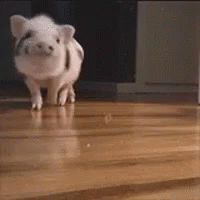Hollywood on the Tiber is a phrase used to describe the period in the 1950s and 1960s when the Italian capital of Rome emerged as a major location for international filmmaking attracting many foreign productions to the Cinecittà studios. By contrast to the native Italian film industry, these movies were made in English for global release. Although the primary markets for such films were American and British audiences, they enjoyed widespread popularity in other countries, including Italy
The commercial success of Quo Vadis (1951) led to a stream of blockbusters produced in Italy by Hollywood studios, which reached its height with 20th Century Fox's Cleopatra in 1963. The phrase "Hollywood on Tiber", a reference to the river that runs through Rome, was coined in 1950 by Time magazine during the making of Quo Vadis.
Following World War II, Hollywood studios increasingly shifted production abroad both to take advantage of lower costs and to use frozen funds (profits from American films which foreign governments barred from export). These films, known as runaway productions, could also benefit from local subsidies. By the early 1950s, some of the largest-budget American films were being shot in European countries, particularly in Britain and Italy. In both countries newly arrived American companies worked alongside continuing large-scale domestic film industries.
In Italy, the film-makers used the vast Cinecittà complex which had been built in the 1930s by Benito Mussolini's Fascist regime which was aiming to rebuild Italian cinema. Following Mussolini's overthrow in 1943, production at Cinecittà was suspended and no new films were made until 1948.















































